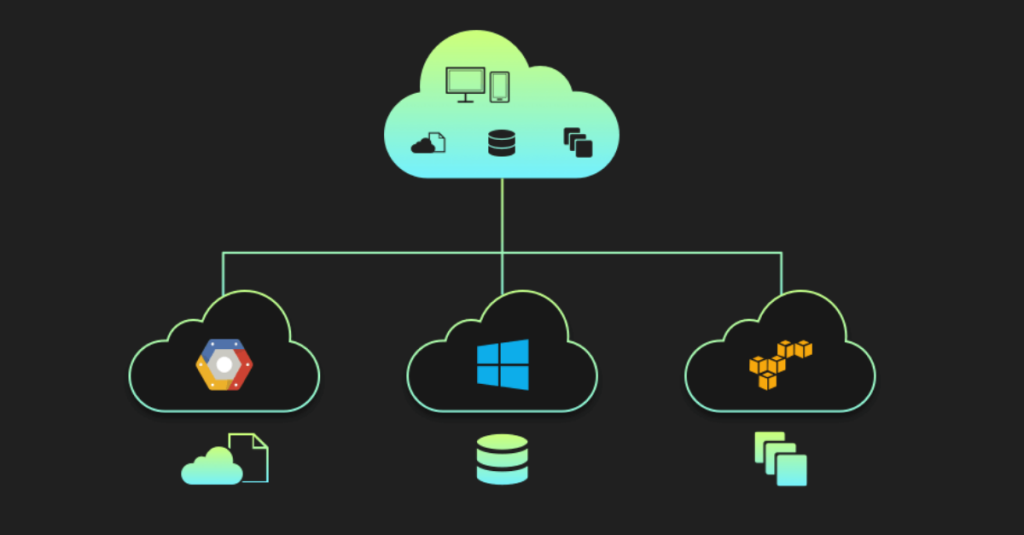Agility is crucial for staying competitive in business. Companies increasingly use cloud solutions to enhance flexibility, scalability, and resilience. Among these solutions, multiple cloud architecture has emerged as a powerful strategy. By utilising the services from different providers, companies can optimise their operations, reduce risks, and innovate faster.
Multi cloud architecture uses multiple cloud services to distribute workloads and manage data. This approach not only helps avoid vendor lock-in but also allows organisations to leverage the unique strengths of various providers. As a result, businesses can achieve better performance, cost efficiency, and operational resilience. This page explores how adopting this strategy can drive business agility.
Enhanced Flexibility and Scalability
One of the primary benefits is enhanced flexibility. Businesses can choose the best services for specific tasks without relying on a single provider. This flexibility allows companies to tailor their cloud environment to meet their unique requirements, ensuring optimal performance and cost-effectiveness.
Scalability is another significant advantage. With providers, businesses can scale their resources up or down as needed without being constrained by the limitations of a single provider. This capability is precious during peak demand or when launching new applications. By distributing workloads across different clouds, companies can maintain seamless operations and prevent disruptions.
Cost Optimisation and Efficiency
This strategy can lead to significant cost savings. Businesses can compare the pricing models of various cloud providers to choose the most cost-effective options for their needs. Additionally, this approach allows organisations to avoid over-provisioning and pay only for the resources they use.
Cost optimisation also involves leveraging the strengths of different providers. For instance, one might offer superior storage solutions, while another excels in computing power. By combining these services, businesses can create a customised, efficient cloud environment that maximises value and minimises waste.
Risk Mitigation and Improved Resilience
Relying on a single cloud provider poses risks, such as service outages, security breaches, and vendor lock-in. This strategy mitigates these risks by distributing workloads and data across multiple providers. This redundancy ensures that if one provider experiences an issue, others can take over, maintaining business continuity.
Another key benefit is improved resilience. Businesses can better protect themselves against potential disruptions by having a diversified environment. This resilience is essential for high availability, ensuring critical applications and services remain accessible despite unexpected challenges.
Faster Innovation and Time-to-Market
Its environments foster innovation by providing access to a broader range of tools and services. Businesses can experiment with new technologies and integrate best-of-breed solutions without being tied to a single provider’s ecosystem. This openness accelerates the development and deployment of new applications, reducing time to market.
Moreover, quickly switching between providers enables companies to utilise the latest technological advancements. By staying ahead of the curve, businesses can maintain a competitive edge and respond swiftly to changing market demands.
Streamlined Management and Governance
Managing it can be complex, but strategies and tools can simplify the process. Centralised management platforms allow businesses to oversee their cloud infrastructure from a single interface. These platforms provide visibility into resource usage, performance, and costs, enabling more effective governance and control.
Effective management also involves implementing robust security and compliance measures. By setting consistent policies across all cloud providers, businesses can ensure their data and applications remain secure. Regular monitoring and auditing help maintain compliance with industry regulations, reducing the risk of breaches and penalties. Adopting a multi cloud strategy offers numerous benefits, including enhanced flexibility, cost optimisation, risk mitigation, faster innovation, and streamlined management. Leveraging multiple cloud services can provide the necessary tools and capabilities for businesses seeking to stay agile and competitive in a rapidly evolving landscape. By embracing this approach, companies can enhance their operational efficiency and drive growth and resilience in the face of future challenges.

